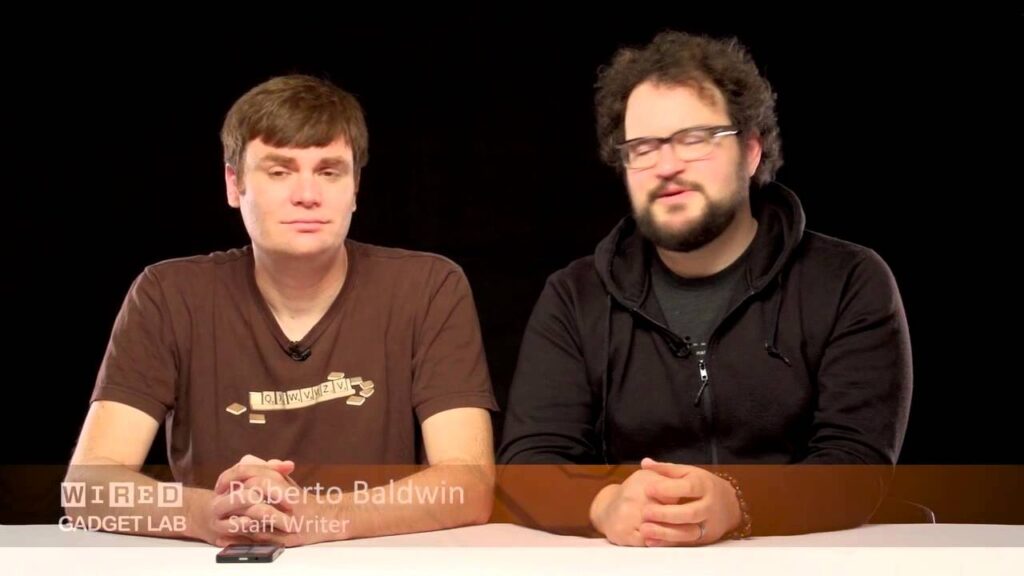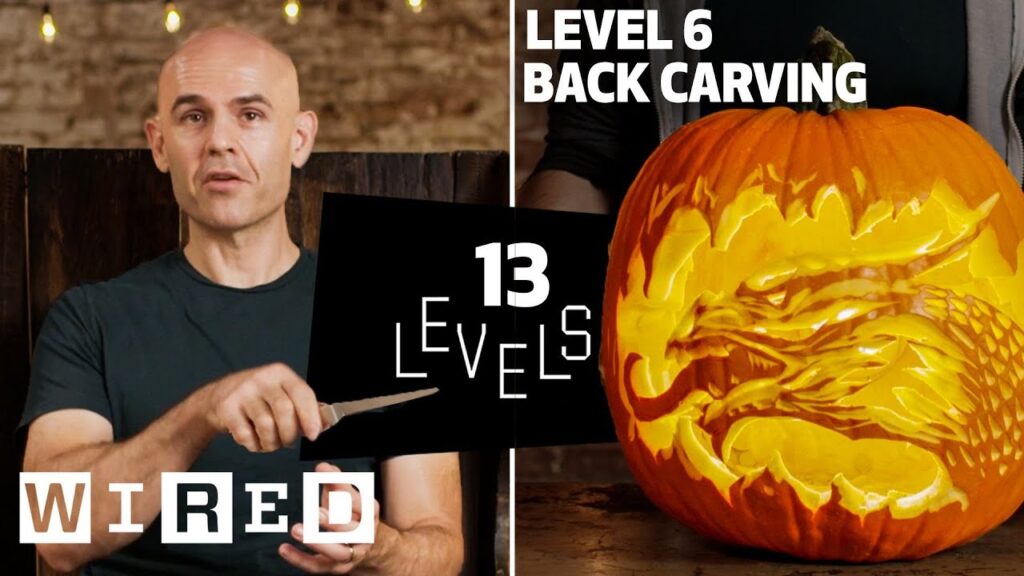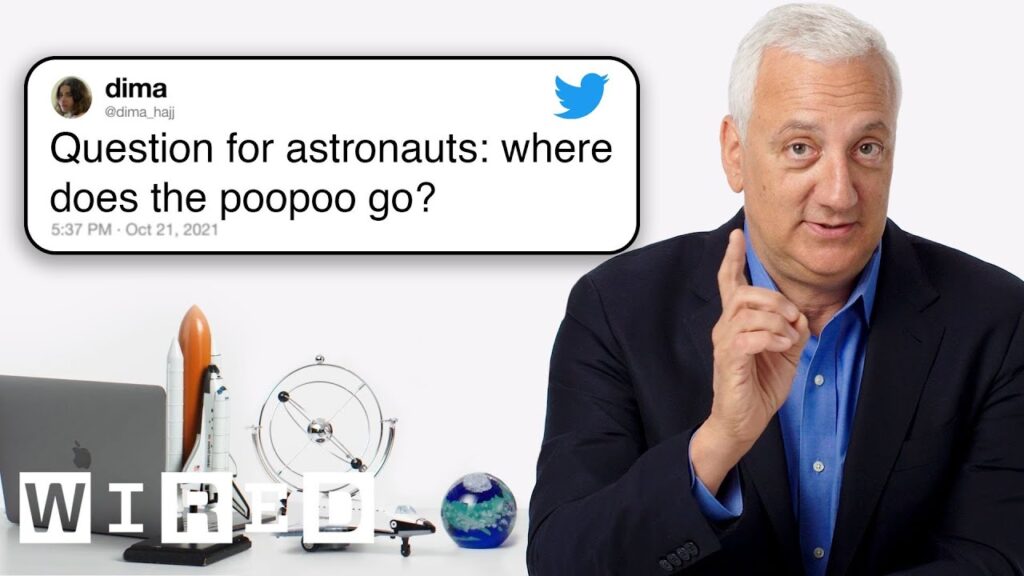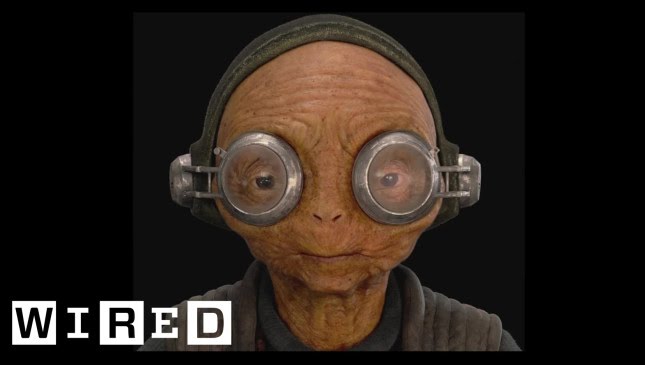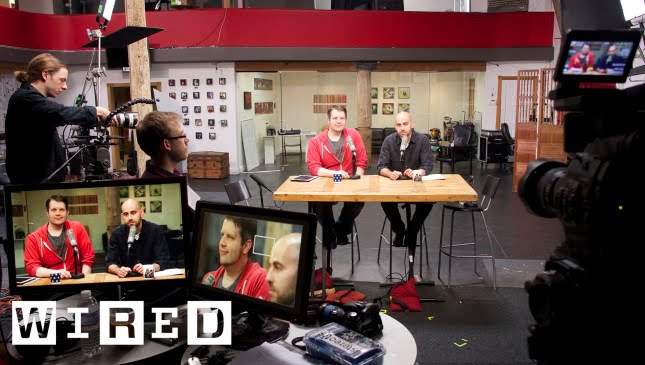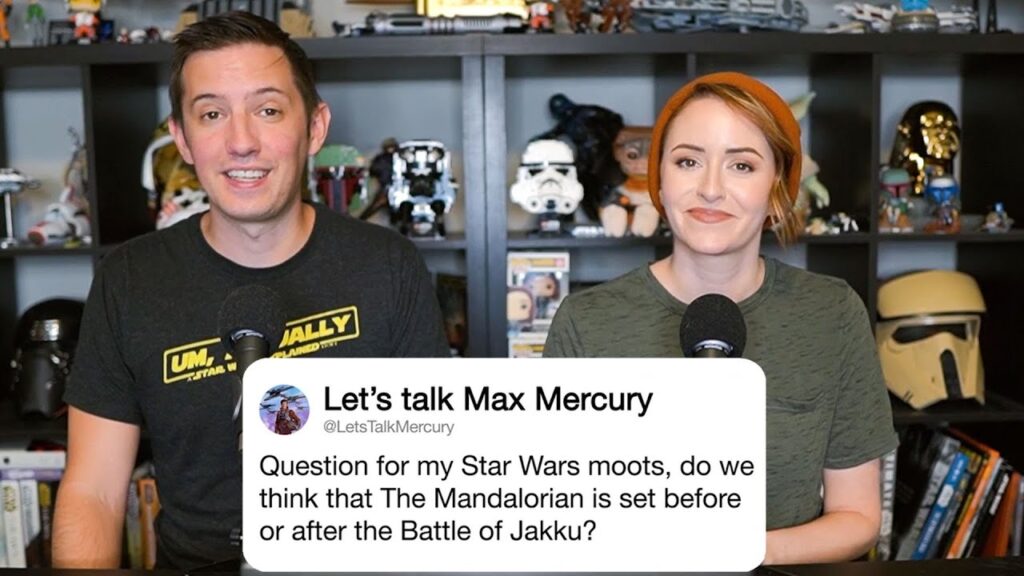Critiquing the Portrayal of Forensic Science in TV and Movies
Summary
In this article, we delve into the world of crime scene investigation and the portrayal of forensic science in TV and movies. Matthew Steiner, a senior crime scene analyst and veteran investigator of over 21 years, critiques various clips and explains that their goal is to entertain, but they often fail to depict real-life procedures accurately. Steiner emphasizes the importance of following proper procedures in crime scene investigation to ensure accurate results.
The Importance of Proper Procedures in Crime Scene Investigation
Steiner points out several inaccuracies in the clips, such as the improper handling of evidence, the lack of personal protective equipment, and the destruction of rifling on a bullet. He also notes that tire impressions can be crucial evidence in solving crimes, as in the case of a Mustang Shelby GT50 used as a getaway car. It is crucial to leave any evidence found at the scene intact and not sample it, as well as to use humor as a coping mechanism.
The Who, What, Where, and How of Crime Scene Analysis
Steiner discusses various aspects of crime scene investigation, including tire impressions, evidence collection, and analysis of gunshot wounds. Crime scene analysis typically focuses on the who, what, where, and how of a crime, rather than the why, which is related to motive and cannot be proven through science. Steiner explains how gunshot residue and burn patterns can be used to determine the distance from which a weapon was fired.
Critiquing the Portrayal of Forensic Science in TV and Movies
The speaker critiques several scenes from TV shows and movies that depict crime scene investigations. In one scene, the speaker criticizes the use of fingerprint evidence and fluorescent powder, stating that it is unnecessary and unrealistic. In another scene, the speaker praises the accurate portrayal of crime scene technicians wearing protective gear but criticizes the unrealistic portrayal of too many people inside the crime scene and the suspect being present. The speaker also explains the correct use of luminol testing to detect latent blood and the dangers of using too much of it. Overall, the speaker highlights the unrealistic and inaccurate portrayals of crime scene investigations in popular media.
Conclusion
Matthew Steiner’s insights into the methods and limitations of crime scene investigation provide valuable information for those interested in the field. While TV and movies may entertain, it is crucial to remember that their portrayal of forensic science is often inaccurate and unrealistic. Following proper procedures and using accurate techniques is essential in ensuring accurate results in crime scene investigation.

